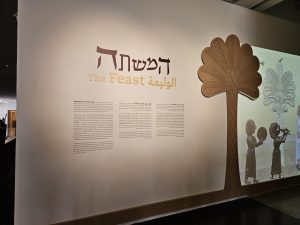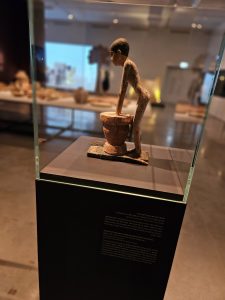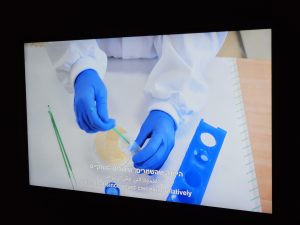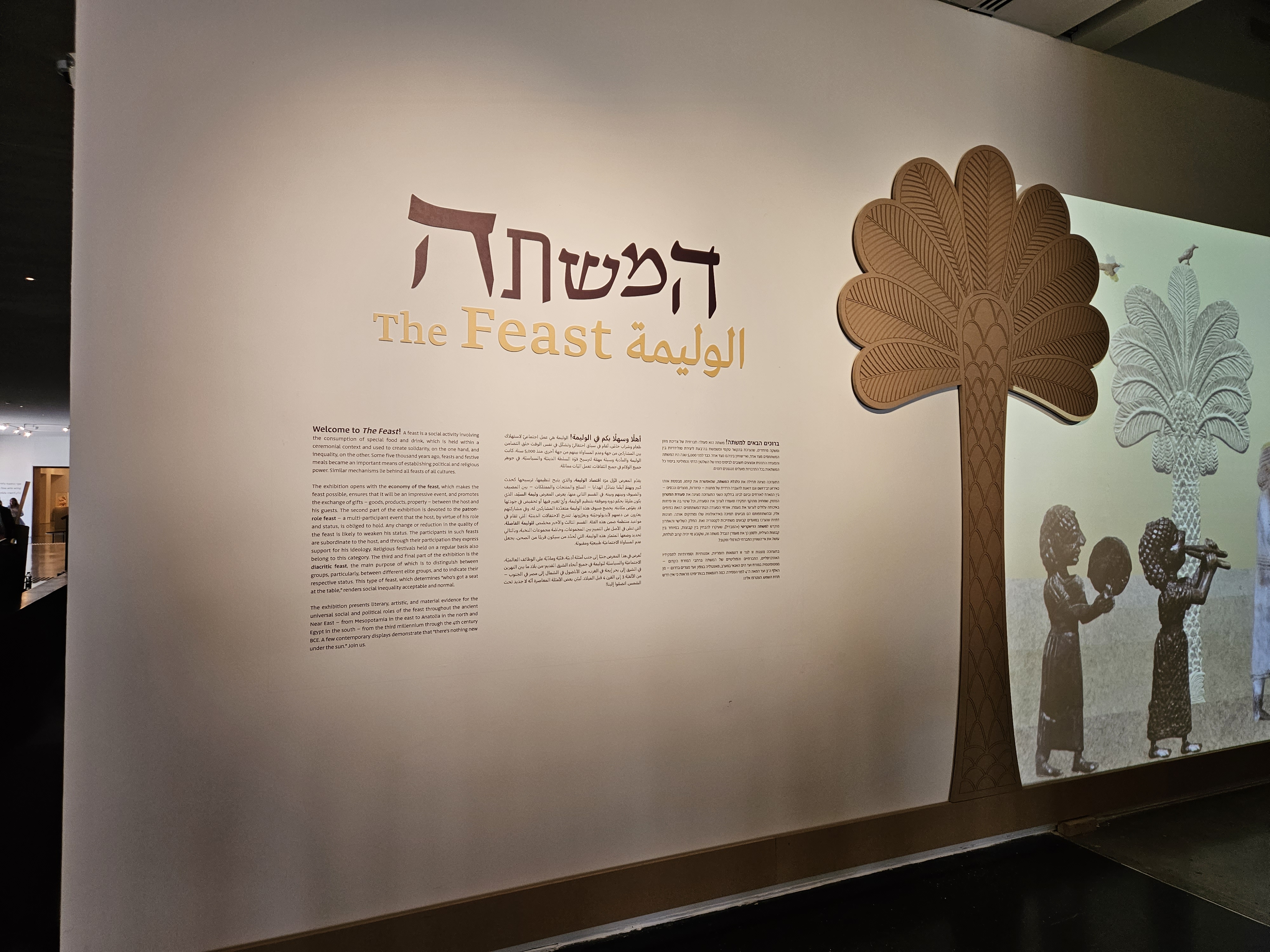 A new exhibit, which opened a few weeks ago at the Israel Museum, focuses on drinking parties in the ancient near east. This new exhibit, “HaMishteh המשתה”, opened in May and runs through the end of 2023. Whether you are interested in drinking parties in the world of the bible, drinking parties history, or just happen to be in Israel, this is certainly a neat exhibit.
A new exhibit, which opened a few weeks ago at the Israel Museum, focuses on drinking parties in the ancient near east. This new exhibit, “HaMishteh המשתה”, opened in May and runs through the end of 2023. Whether you are interested in drinking parties in the world of the bible, drinking parties history, or just happen to be in Israel, this is certainly a neat exhibit.
According to the museum, “This exhibition showcases selected archaeological artifacts, iconographic representations, organic materials, and textual evidence, from the Land of Israel and neighboring cultures, primarily from the Israel Museum’s own rich holdings.”

While a typical translation of HaMishteh into English yields feast, which they do for his exhibit, perhaps a more accurate description would be drinking party. While drinking was not the only activity taking place at these events, drinking is certainly a special feature.

Tell es-Safi
Judean foothills
10th century BCE
Having visited this week, I enjoyed viewing the artifacts, as well as reading the descriptions. Amongst these artifacts are some that are specifically around beer, including a vessel that contained yeast from 3000 years ago and from which a beer was recently released. I was particularly excited to see beer get attention, as usually wine is the only featured beverage. However, it almost seemed as if beer got even more attention than wine. Perhaps this serves as an important correction to the perception that wine was not the only featured or privileged beverage in those times.
They had other beer-related features, including even this figurine from the 21st-20th century BCE regarding beer production:
The preparation of bread and the production of beer were related in ancient Egypt owing to their common ingredients – wheat or barley. This figurine depicts a woman kneading bread dough over a strainer for the purpose of making beer. The figurine was deposited in a tomb in order to guarantee the supply of beer to the deceased in the afterlife. It sheds light on the important role of beer in Egyptian society and on its method of manufacture.

One such example are the Philistine drinking vessels from the 12th-11th century BCE, about which they are described:
The banquet vessels on display here attest not only to the status of the drinkers and the nature of their feasts, but also to their identity. When the Philistines arrived on the southern coast in the 12th century BCE, they adopted the local vessels, but quickly also began to produce drinking sets similar to the kinds used in the Aegean region, their place of origin. They coated the local clay in order to give it the light color typical of Greece and the islands, and decorated the vessels with stylized motifs of birds and fish.
The Philistine vessels were suited to the eating and drinking customs practiced in the Aegean. The krater was used for mixing wine with water before serving it in the typical cups. The beer jugs with built-in strainers were different from those used in Egypt and the Levant, in which the strainer was at the end of the vessel’s long mouth.
For anyone happening to be in Israel through the remainder of 2023 and interested in drinking vessels and parties, especially in Biblical times, this exhibit is certainly neat to check out.
A video was made, sharing about the yeast and bringing this beer to life.

The exhibition was made possible by the donors to the Israel Museum’s Exhibition Fund of Claudia Davidoff (Cambridge, Massachusetts, in memory of Ruth and Leon Davidoff), Hanno D. Mott (New York), and The Nash Family Foundation (New York), with additional support provided by The Montgomery Securities and Friends Endowment Fund of the Israel Museum and Robert and Renee Belfer (New York). The exhibit was curated by Nurith Goshen, assisted by Shir Hoory, Debra Bernstein, and Dafna Israel. The exhibit was designed by Shirly Yahalomi, assisted by Netanel Dahan. Translation and editing was provided by Nancy Benovitz, while graphic design was provided by Yael Malul.



